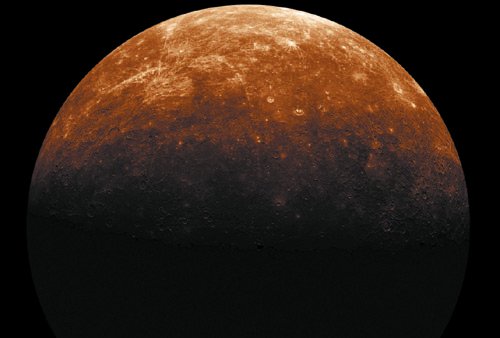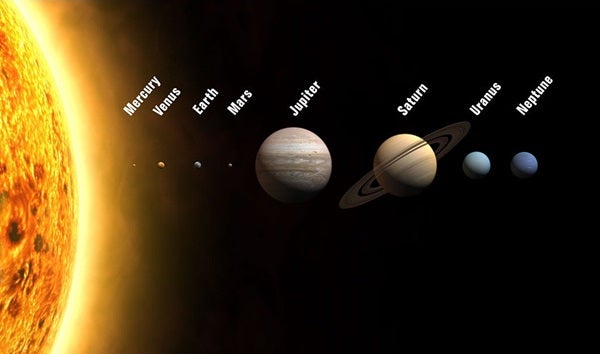
The planets within our solar system are in constant motion in their orbits and as they spin on their axis. All planets in our solar system revolve around the Sun. But the time they complete their revolution around the central star or complete one year differs. While some planets take days, others can take more than thousands of years. Here’s a look at how long a year is on other planets and Earth, in Earth days:
- Mercury – 88 Earth days
- Venus– 225 Earth days
- Earth– 365 days
- Mars– about 687 days
- Jupiter– 4,333 Earth days or 12 Earth years
- Saturn- 10,756 Earth days or 29.4 Earth years
- Uranus– 30,660 Earth days or 84 Earth years
- Neptune– 60,190 Earth days or 165 Earth years
Rotation and revolution
Years on other planets are measured in Earth’s Tropical years or about 365 solar days. On Earth, years are measured by how long it takes the planet to orbit around the Sun, and is called a revolution. Days are measured by how long it takes for Earth to rotate once on its axis, like a spinning carousel. The planets in the solar system also do this but at different speeds based on how far away they are from the Sun, per Exploratorium. It is known that the gas giants Jupiter, Saturn, Uranus, and Neptune rotate faster than terrestrial planets like Earth, Mars, Venus, and Mercury. But why the rotation rates of the gas planets differ is not fully understood. Their rotation rates are also based on how the accretion disk during planetary formation formed.
Around the Sun
Each planet’s revolution around the Sun differs because of the size of its ellipses. Kepler’s Third Law from “Kepler’s Laws of Orbital Motion” explains the motion of objects in orbits of differing sizes. Planets farther away from the Sun have more extended ellipses or paths to complete a revolution and move slower because the Sun has less gravitational hold on the planet. Planets closer to the Sun move in their ellipses faster.
For example, Mercury, the planet closest to the Sun, takes 88 days to complete a full revolution. The farthest planet from the Sun, Neptune, takes 165 Earth years to finish one orbit around the Sun.
Mercury

Mercury spins on its axis very slowly and will complete one day in 59 Earth days. However, its orbit around the Sun is speedy compared to other planets. Mercury will circle the Sun completely in 88 Earth days. But, to complete one solar day when the planet is moving at its fastest point while in orbit, it will take Mercury about 176 Earth days, according to NASA.
Venus
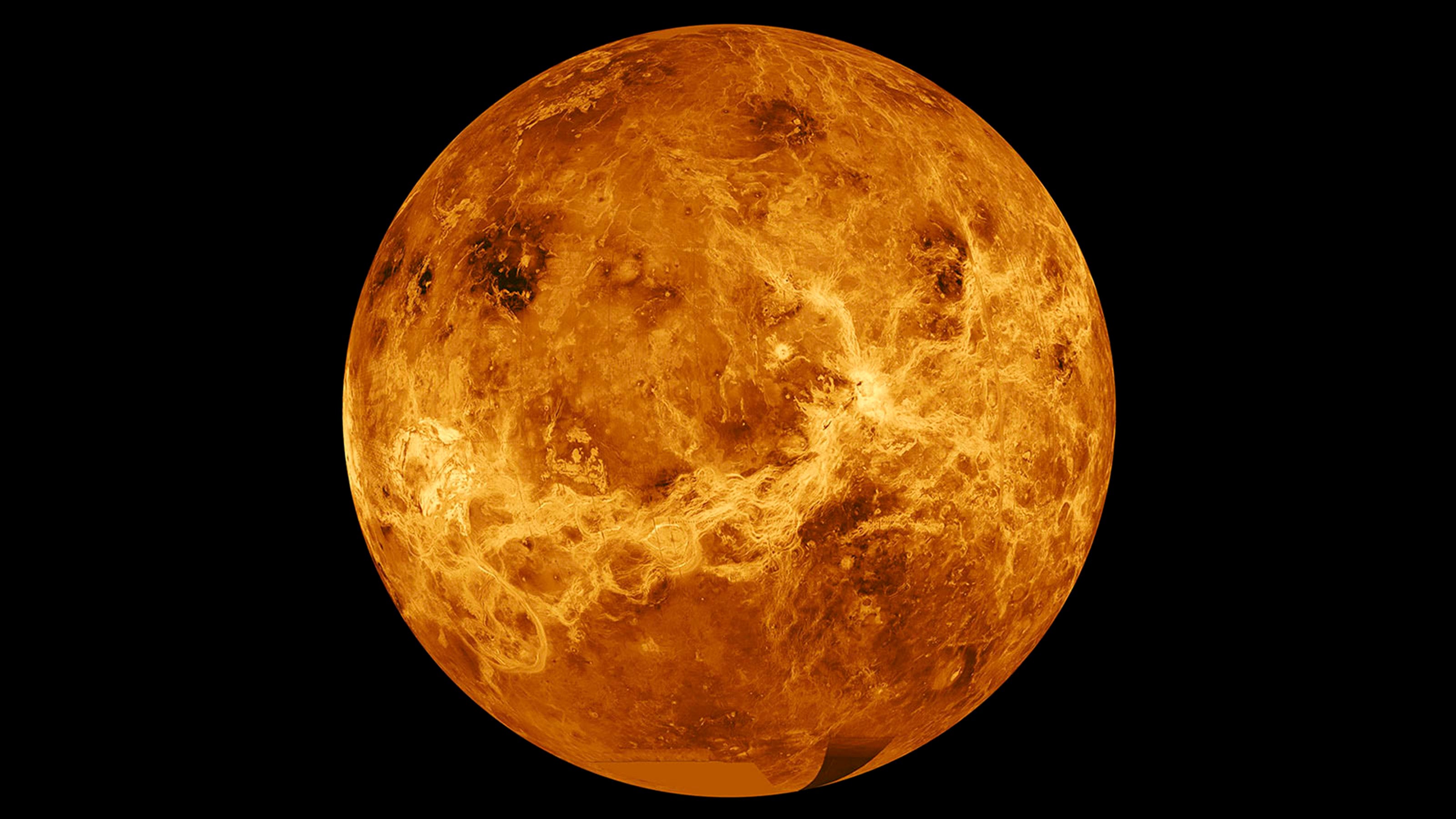
The hottest planet in the Solar System takes about 225 Earth days to complete one rotation around the Sun. Venus spins very slowly and in a clockwise direction (retrograde). It takes the planet 243 Earth days to rotate on its axis once.
Earth
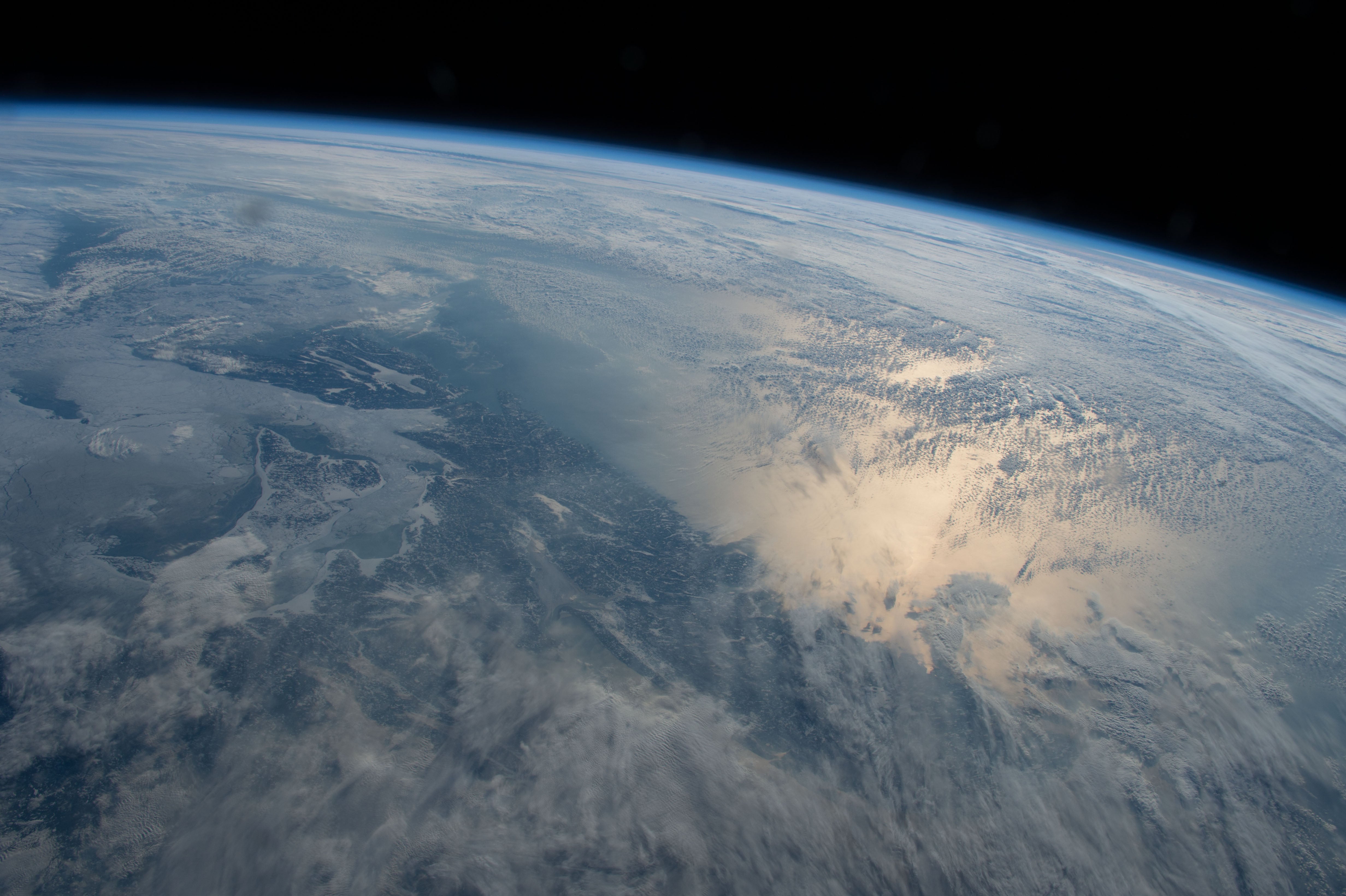
It takes Earth 365 days to make one complete orbit around the Sun. In this time, because of the planet’s tilt, seasons will change. Earth rotates on its axis once every 24.6 hours.
Mars
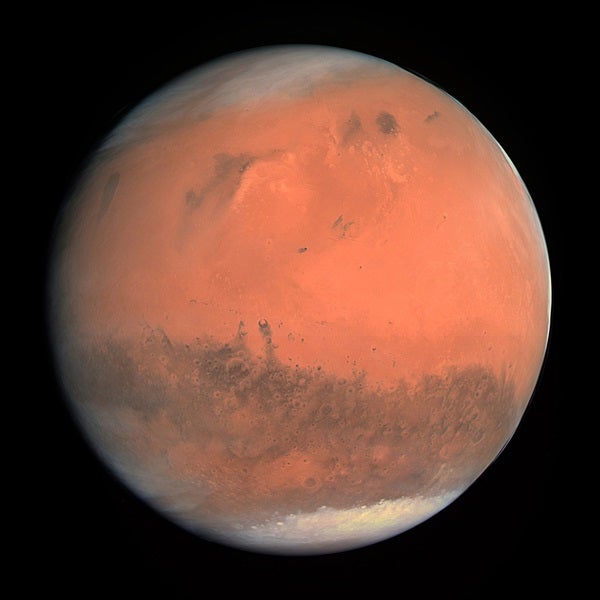
One whole year on Mars equals 687 Earth days or 1.88 Earth years. On Mars, one year is known as 669.6 solar days (sols). Mars’s rotation is similar to Earth’s and will complete one spin or day at 24.6 hours. Earth ends one day at 23.9 hours.
RELATED: Why the planets orbit the sun counter-clockwise
Jupiter

Days are super short on Jupiter. It takes about 10 hours for the Jovian planet to complete one rotation or one day. To orbit completely around the Sun, it takes Jupiter 12 Earth years, per NASA. It takes approximately 43 minutes for light from the Sun to reach Jupiter.
Saturn
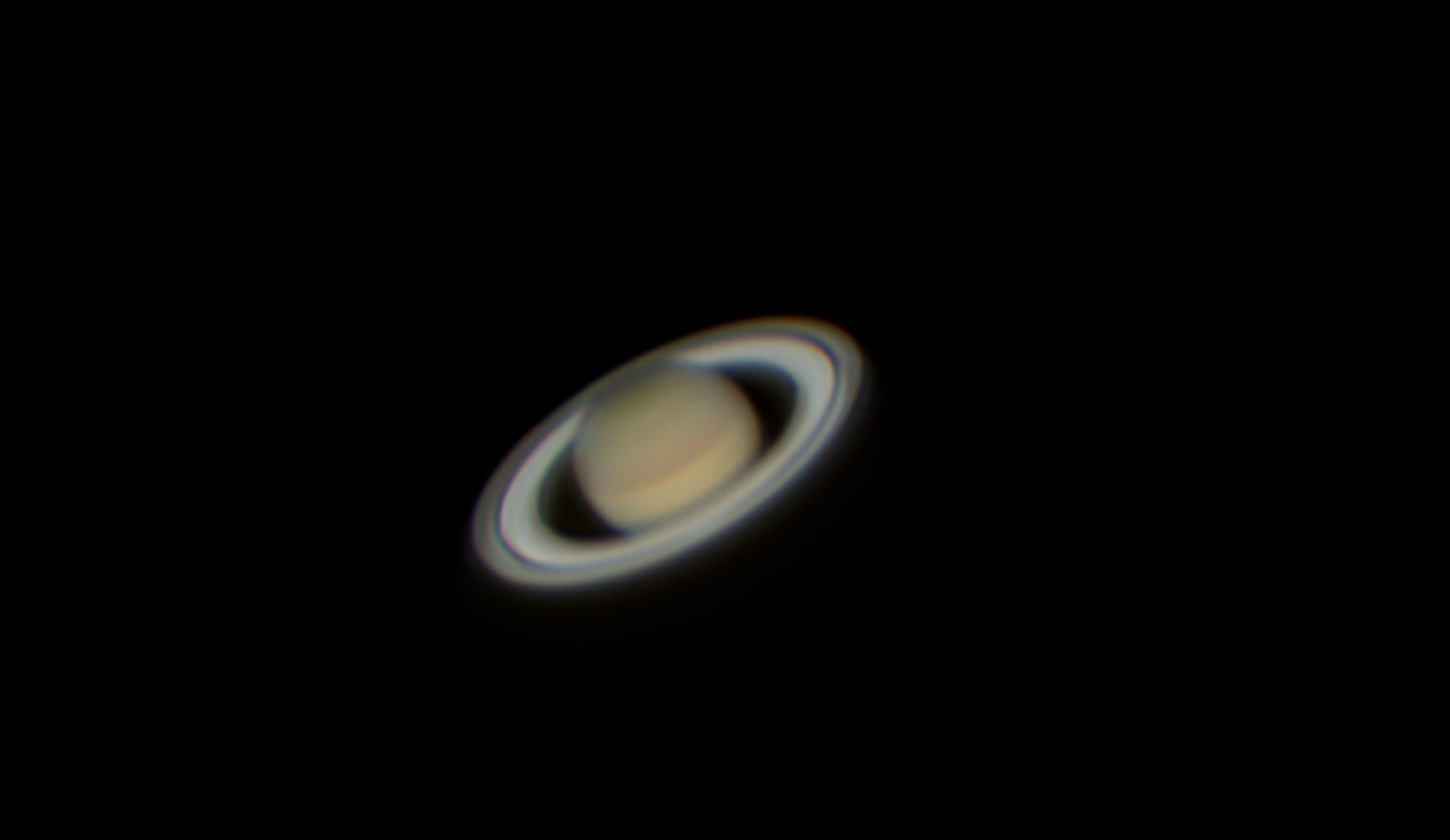
Right behind Jupiter, with the second shortest day, Saturn completes one day, or rotation every 10.7 Earth hours. Saturn finishes one journey around the Sun every 10,756 Earth days or 29.4 Earth years. While orbiting around the Sun, Saturn will also experience seasons because of its axial tilt at 26.73 degrees.
Uranus
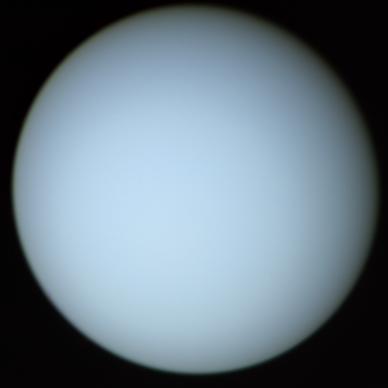
To complete one Uranian year on the planet it can take a lifetime! It takes about 84 Earth years for Uranus to complete its orbit around the Sun. However, it only takes 17 hours for one day to pass on the planet.
Neptune
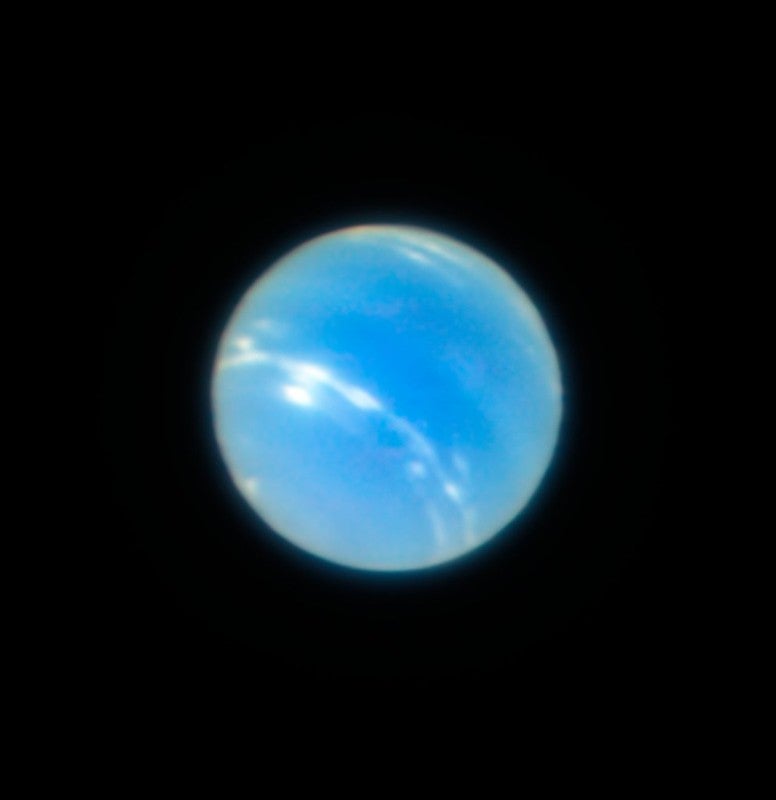
One day on Neptune takes about 16 Earth hours. Its journey around the Sun takes a bit longer at 165 Earth years or 60,190 Earth days. Neptune rests at an angle of 28 degrees, so it does experience seasons. However, because its years are longer than the human lifespan, each of the four seasons lasts over 40 years.
H
Honorable mention: Pluto, the Dwarf planet
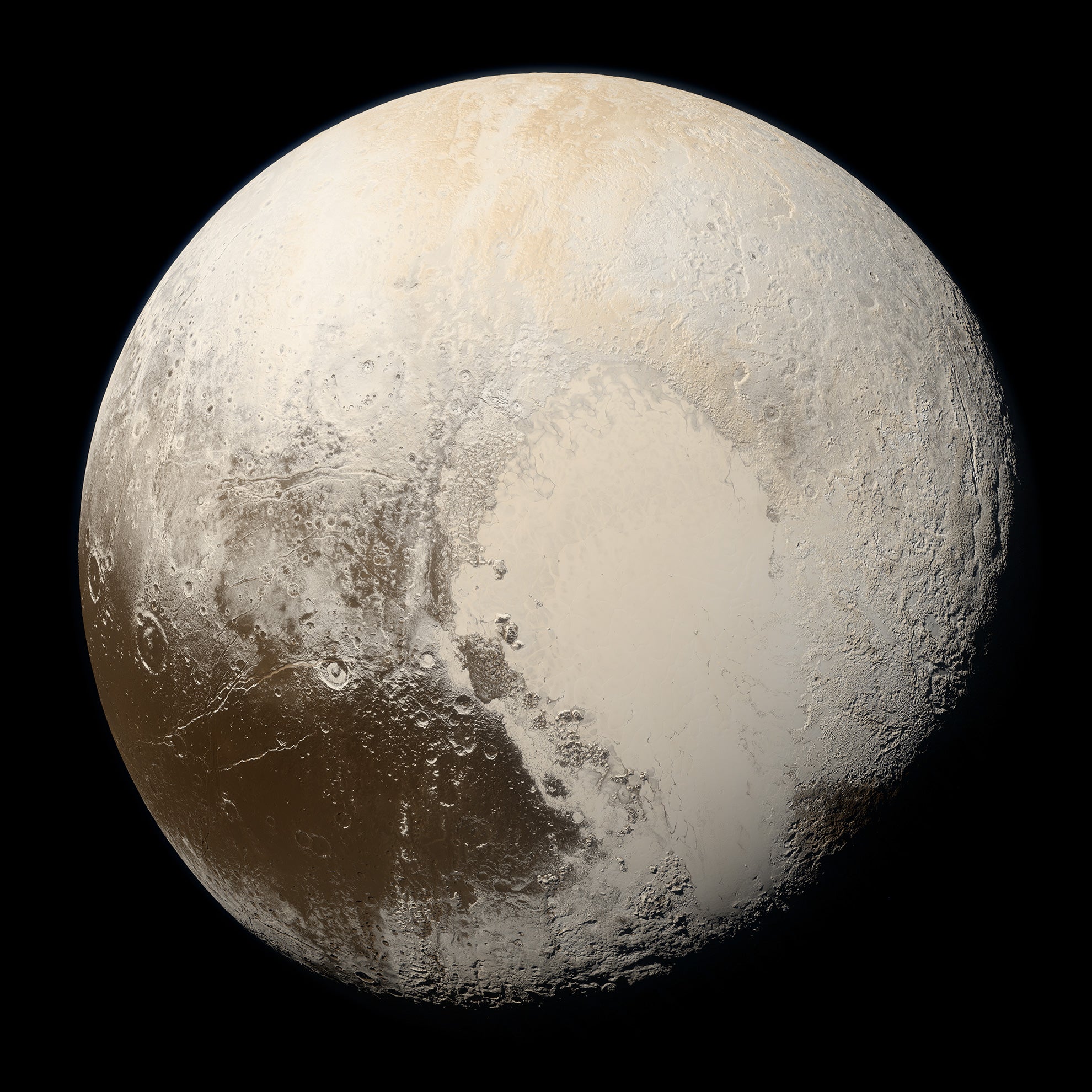
Pluto was considered the solar system’s ninth planet for 76 years, from 1930 until 2006. In 2006, Pluto was reclassified as a dwarf planet by the International Astronomical Union. Despite being demoted from a planet classification, Pluto is round and orbits around the Sun. One year on Pluto is 248 Earth years, per NASA. In total, there are five recognized dwarf planets.
